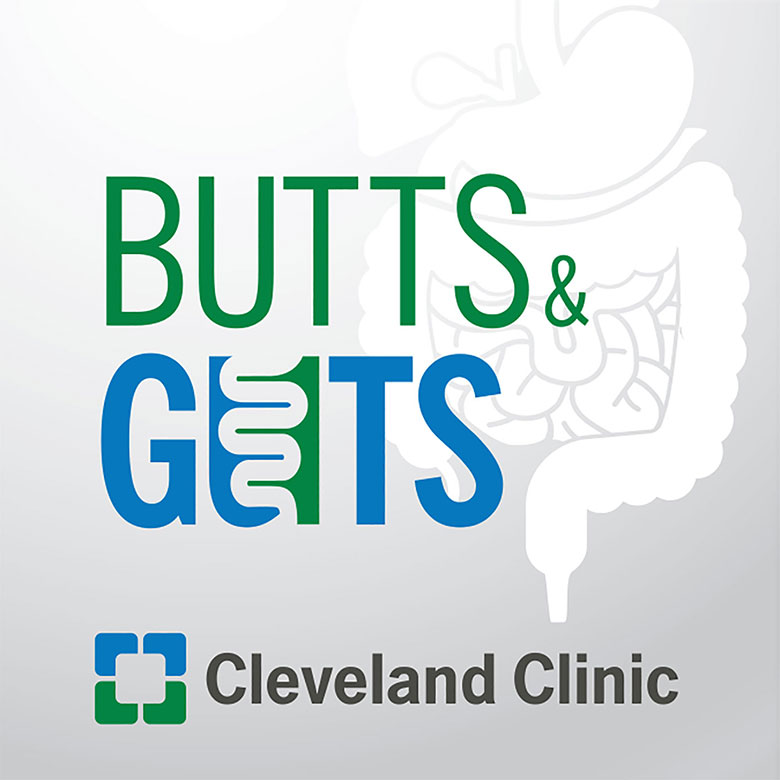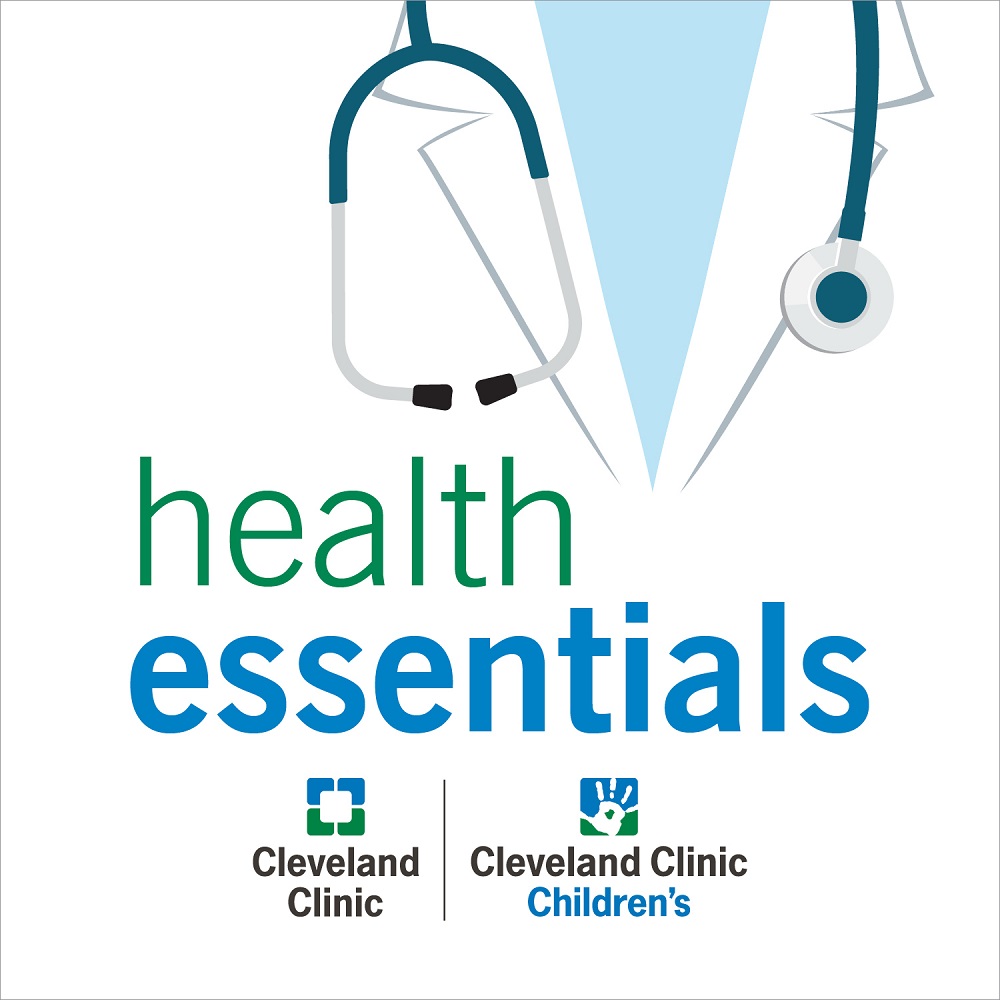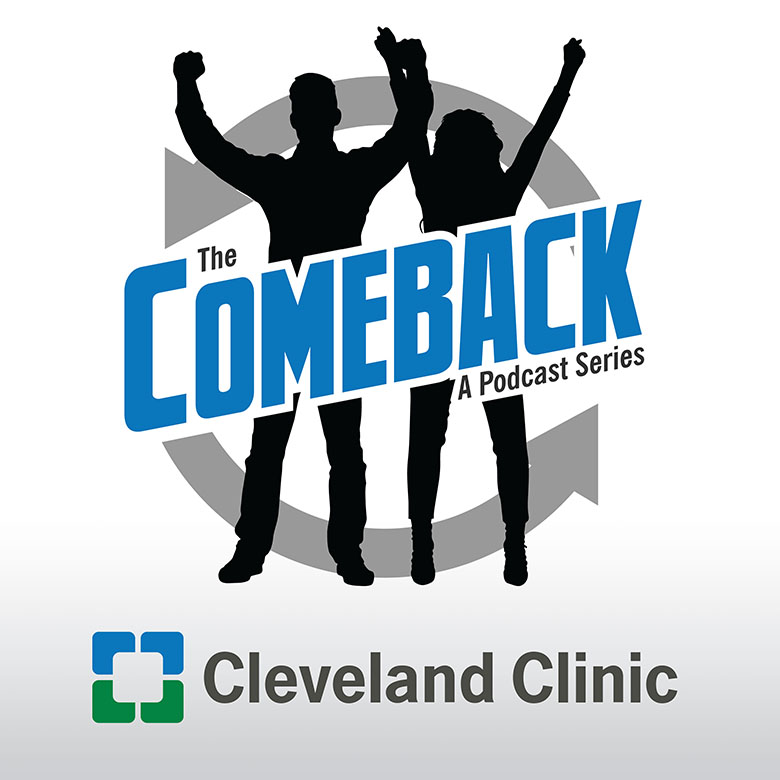Q&A with Dr. Raja and Dr. Gabbard: Achalasia & Swallowing Disorders
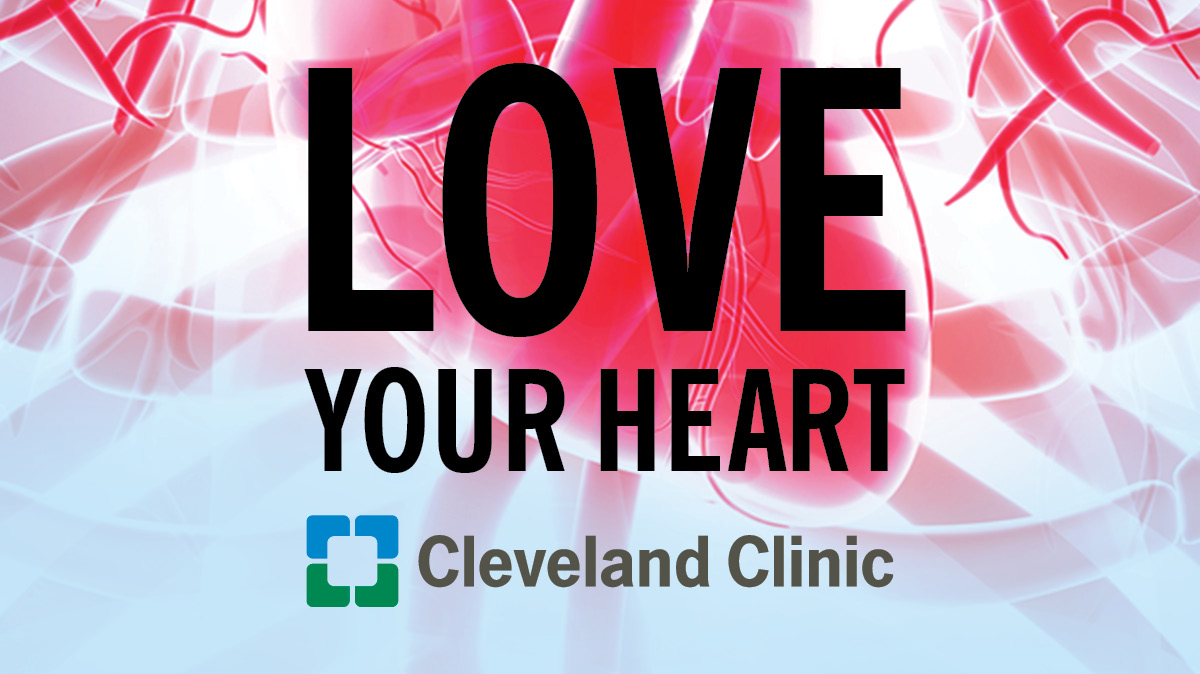
After a webchat on Achalasia and Swallowing Disorders, thoracic surgeon Dr. Siva Raja and gastroenterologist Dr. Scott Gabbard review common concerns about treatment options and diagnostic testing to obtain the best outcomes; pain management; as well as what patients should know who have had prior treatments.
Subscribe: Apple Podcasts | Podcast Addict | Buzzsprout | Spotify
Q&A with Dr. Raja and Dr. Gabbard: Achalasia & Swallowing Disorders
Podcast Transcript
Announcer: Welcome to Love Your Heart, brought to you by Cleveland Clinic's Sydell and Arnold Miller Family Heart And Vascular Institute. These podcasts will help you learn more about your heart, thoracic and vascular systems, ways to stay healthy, and information about diseases and treatment options. Enjoy.
Dr. Raja: For those of you who were recently on the web chat, thanks for sending us the questions. We did a very informative web chat on achalasia as well as some questions on reflux. We're just going to briefly talk about some of the questions that often come up, and what our take on it is.
One of the things that stands out to me every time we do this is that everybody who has achalasia are uniquely different in their own way, that giving them the same answer or the same treatment doesn't seem to make sense. I think that's one of the strengths of areas where people do a lot of the certain diseases processes that they find ways to customize the treatment options for the patient, so they can improve outcomes.
If you only did one or two things, and you offered that to everybody, the outcomes aren't going to be as good as trying to figure out what's different about the person, and going there. I think that achalasia is a classic example where the different types of achalasia, everybody's esophagus looks different, some are straight, some are twisted, some are curved. I think taking those things into consideration, along with the patient's health, other medical problems, as well as other previous treatment that they've had.
Here, we try to use both pneumatic dilation, endoscopic treatments, like Botox on one side, as well as surgical options, like POEM, as well as minimally invasive Heller myotomy, which we do it laparoscopically and robotically at this point. So, trying to figure out based on the type of achalasia, and their esophagus, and their function, we think that we are able to maximize the drainage of the esophagus by treating it as well as minimize the symptoms of the treatment. Specifically, we're talking about reflux.
I think that that is one of the things that I'd like to highlight is that as we get to know more about achalasia, we should think about customizing treatment to the type of achalasia and the person to improve future outcomes in this process.
Dr. Gabbard: Here at the Cleveland Clinic, we use multiple tests. We don't rely on the findings of one test, we use multiple tests, so everyone gets a high-resolution esophagomyotomy to determine that type of achalasia you have. Everyone who has achalasia here gets a timed barium esophagram, which allows us to see how well the esophagus empties, but also gives us the shape of the esophagus, and I think that's very important.
Timed barium esophagram was actually invented at the Cleveland Clinic back in the 90's, so our radiologists have done more of them than almost anywhere else in the country. I would bet probably more than anywhere else in the country, so they're very good, and we rely heavily on our radiologists to help us determine where the problem's going on.
And then lastly, upper endoscopy. You know, we see over 200 patients a year with achalasia. And so when you get your upper endoscopy by a member of our multi-disciplinary swallowing center, we have experience. We see achalasia every day, every week, so we can better pin point what the optimal therapy is.
And like Dr. Raja said, the optimal therapy for one person who's 30 with achalasia may be vastly different than the optimal therapy for someone who's 70 with achalasia. And that's why we like to offer all three definitive therapies; pneumatic dilation, Heller myotomy, and POEM. And then we also offer Botox for patients who are not surgical candidates.
Another interesting theme to the questions that I saw were patients who had recurrent difficulty swallowing, so recurring dysphagia, after having had a definitive therapy like pneumatic dilation or Heller myotomy. And our center is getting quite a bit of experience doing techniques like pneumatic dilation or POEM in patients who've had previous Heller myotomy.
Dr. Raja: I think the population that has been previously treated is a very interesting, but also a challenging population to treat. Not only do you have to figure out what the best treatment is, but we also have to figure out what failed in their last treatment.
One of the things that we have recently written about, and is in publication already, is that the idea that you would do a treatment, and it'll be the one and done, is not likely to be accurate for everybody. That while most people who have treatment for achalasia are doing well, some people will require additional treatments along the way. We think that that is a reasonable expectation within the lifetime of someone with achalasia that they might need a re-intervention.
Often, we now know that the re-intervention does not have to be a major surgery. It could be something as simple as a dilation, or a little bit more complex, like a pneumatic dilation, to get their symptoms back to how they were when their treatment was effective. I think that changing the expectation early on does several things in my mind.
One, I think it gets patients to understand the disease a little bit better. And two, both physicians and patients understand that they need to be followed for a long time, arguably lifelong, to make sure that their esophagus is working for them as best as it can.
Dr. Gabbard: I think the final theme that came through was the issue of pain in achalasia, especially pain in patients who've had treatment of their achalasia. And again, our multi-disciplinary approach, we try to figure out what's causing the pain. Is it because the esophagus is draining poorly? Is it because the esophagus, the valve, the lower esophageal sphincter is too open, and the patients are having reflux? Or is there continued spasm in the esophagus?
Patients who have type three, or spastic achalasia, if their previous therapy didn't cut all of the muscle, they may have continued spasms. So our testing allows us to determine what the exact cause of recurrent pain is, and then better direct our therapies. What we do see, there are subsets of patients with achalasia who have great emptying of the esophagus, no spasms whatsoever, and no reflux after surgery, who have severe, spastic-like pain; They end up actually having nerve pain.
And we have an algorithm to choose different medications that modulate the nerves, and actually are very, highly effective at treating nerve pain in patients with achalasia after they've been appropriately treated. So we like to make sure that we take care of all aspects of patients with achalasia, not just making sure the esophagus drains well.
Dr. Raja: Yeah. I think the one thing I would add to that, is I think that especially in this day and age where we're very sensitive to opioid use, I would say that it's not the only way to treat pain.
Dr. Gabbard: Mm-hmm (affirmative).
Dr. Raja: I think that looking at other non-opioid options should also be entertained for dealing with pain, especially if it's nerve pain.
Dr. Gabbard: Absolutely. Great point, great point.
Dr. Raja: I know it's controversial, but you know, that's [intangible].
Dr. Gabbard: Mm-hmm (affirmative). Great. Thank you. Thank you so much for participate.
Dr. Raja: Thank you.
Dr. Gabbard: Really great questions.
Announcer: Thank you for listening. We hope you enjoyed the podcast. We welcome your comments and feedback. Please contact us at Heart@CCF.org. Like what you heard? Please subscribe and share the link on iTunes.
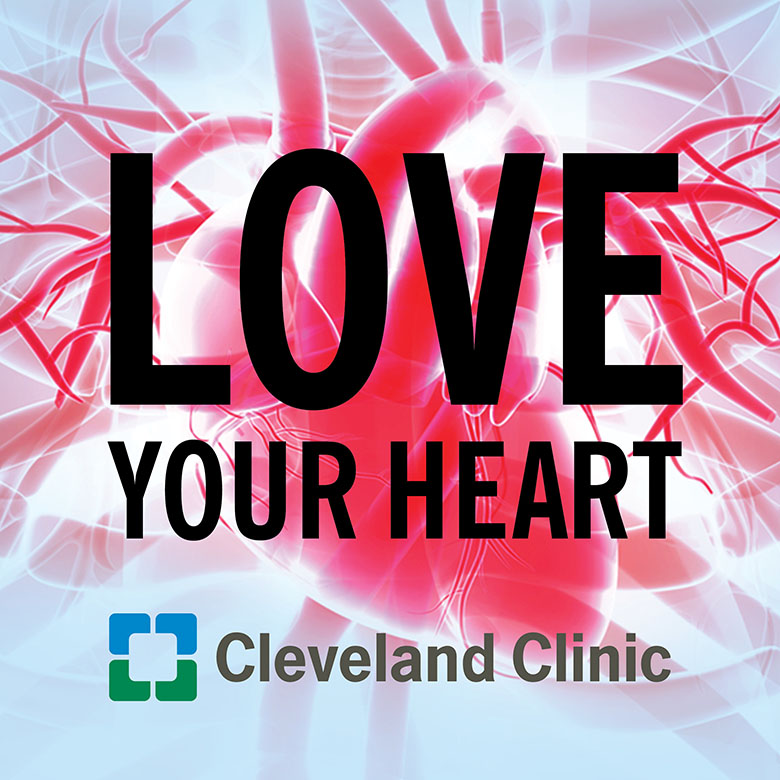
Love Your Heart
A Cleveland Clinic podcast to help you learn more about heart and vascular disease and conditions affecting your chest. We explore prevention, diagnostic tests, medical and surgical treatments, new innovations and more.
